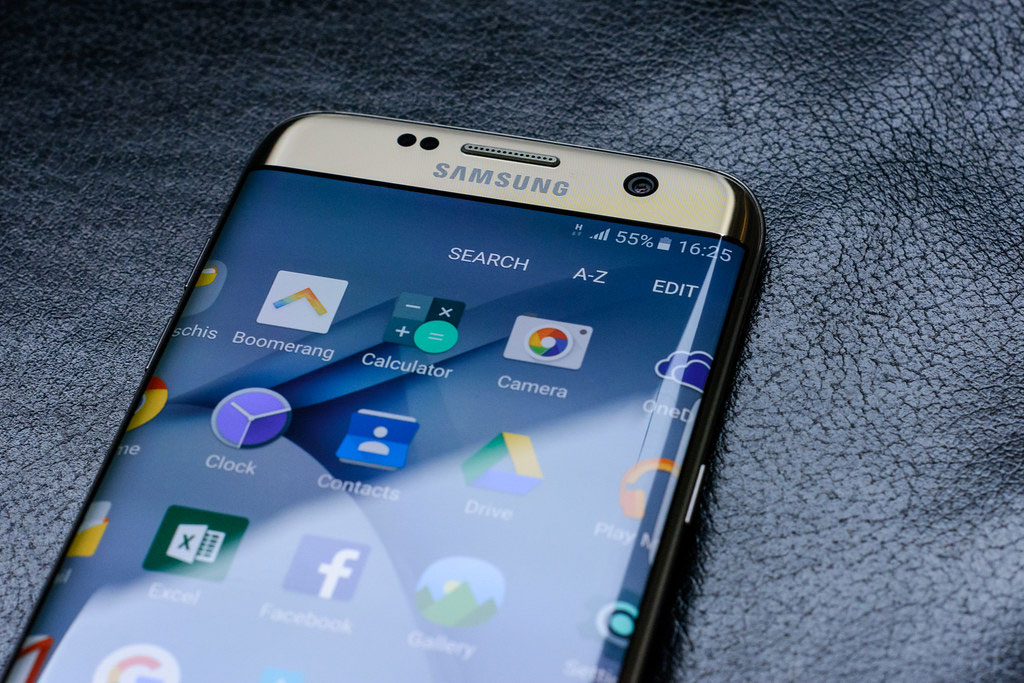WHEN THE FOREIGN ministers of South Korea, the People’s Republic of China (PRC), and Japan met in Beijing on 21 August 2019, Chinese Foreign Minister Wang Yi offered to help South Korea and Japan settle their simmering trade dispute. The dispute over security controls on Japanese exports to South Korea had spiralled into an argument about Japan’s use of forced Korean labour in World War II. In 2019, relations between Tokyo and Seoul reached their lowest point in decades. South Koreans are boycotting en masse Japanese-made goods such as cars and beer. Now China has offered to mediate. Does Beijing’s overture signal the end of China’s recently aggressive posture towards South Korea? Could China become a peacemaker in north-east Asia, where the faultlines of the Cold War still divide the Korean Peninsula?
The answers to those questions are complicated for South Korea. Like Australia, South Korea’s major security partner is the United States, but its major trading partner is China. Rising tensions between the United States and China put South Korea in a difficult position. Korean commentators liken its situation to ‘a shrimp caught between big whales’, as the Korean saying has it: ‘when whales fight, they break the shrimp’s back’. In recent years, the US government has become increasingly concerned about China’s rising economic and political influence in north-east Asia. South Korea has firsthand experience of how the Chinese government can use its economic power to apply political pressure. In 2017, following the deployment on the Korean Peninsula of the US Terminal High Altitude Area Defense (THAAD) system, Chinese state media encouraged a consumer boycott of South Korean goods to signal China’s displeasure with South Korea’s decision. The hardest hit South Korean company, discount store chain Lotte Mart, accrued operating losses of US$224 million, while Hyundai’s sales in China dropped sixty-four percent in the second quarter of 2017 from a year earlier. As a result of a ban on Chinese tour groups travelling to South Korea, tourism-related industries suffered an estimated revenue loss of US$15.6 billion that year, and even though tourist numbers recovered in 2019, they were still much lower than in previous years.1 The political ramifications of Beijing’s displeasure with South Korea have also been significant. For example, the Korea–China Defence Strategic Dialogue, which was held regularly from 2011 to discuss military cooperation between the two countries, has not been held since the tensions began.

Lotte Mart has been hard hit by Chinese state media’s encouragement of a consumer boycott of South Korean goods
Source: Minseong Kim, Wikipedia
At the same time, South Korea maintains other close economic ties to the PRC. It joined the Asian Infrastructure Investment Bank (AIIB) in 2015, but it has not yet signed up to the Belt and Road Initiative, although President Moon Jae-in declared his interest in doing so in 2018. Moon has also actively promoted better ties with North Korea, so it is not surprising that, under his watch, relations with Japan have soured. Washington, too, has watched these developments warily.
Washington is also watching closely South Korean trade with China, especially in advanced technology sectors. In June 2019, American Ambassador to Seoul Harry Harris told the Chosun newspaper that the United States was ‘naturally concerned’ about any plans for Huawei’s involvement in South Korean 5G networks. Washington did not want to ‘expose sensitive security information to an unacceptable risk level’ and would need to ‘re-evaluate how we share information with allies’. The United States currently stations almost 30,000 troops in South Korea to bolster its defences against the north. South Korea can scarcely afford to lose the umbrella of US protection. At the same time, however, Huawei alone accounts for seventeen percent of South Korean electronic parts exports to China. Perhaps Wang Yi’s offer of assistance to solve the Korea–Japan conflict — following so soon after Harris expressed his concerns — was a reminder to South Korea that China could play a protective role in the region, too? Regardless, for Korea, there are no easy solutions.2

Large South Korean firms such as Samsung, Kia, and Hyundai are already scaling back investments in China
Source: Răzvan Băltăreţu, Flickr
Caught between the whales, South Korea is seeking to reduce its reliance on trade with China and reconsider its investment strategies.3 Large South Korean firms such as Samsung, Kia, and Hyundai are already scaling back investments in China, partly to manage political risk and partly because China’s own firms have become more competitive in the personal electronics and automobile industries. To hedge against the downsides of trade with China, South Korean policymakers are considering a range of institutional and cooperative frameworks to strengthen trade and investment relationships with other countries in the region, including members of the Association of Southeast Asian Nations (ASEAN).
Both China and the United States expect — and sometimes even demand — practical cooperation from South Korea across a number of issues. South Korea would be wise to give China some of what it wants, such as higher participation in the Belt and Road Initiative, in return for what Seoul needs, such as cooperation in the ongoing efforts to denuclearise the Korean Peninsula and find a diplomatic solution. At the same time, until that solution is found, Seoul will likely try to keep its American ally by its side. South Korea’s future relies on maintaining a delicate balancing act, as well as the ability to achieve greater independence both economically and in terms of security from the two ‘whales’ — not an easy call. But as Parag Khanna, author of the book The Future Is Asian, told The Atlantic’s Michael Schuman: ‘No one wants to choose sides. We live in a multipolar system. No smart country sides with only one power. Instead they play all the powers off each other to derive maximum benefit for themselves.’4


